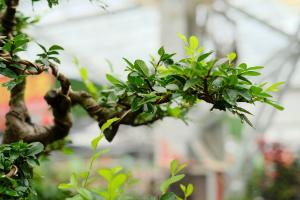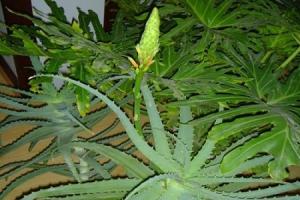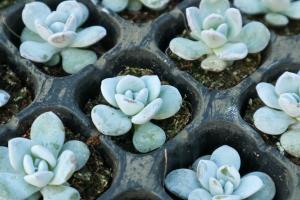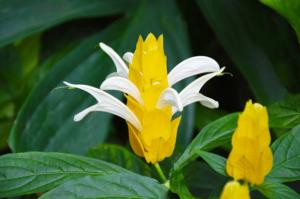Is Lavender a Good Companion Plant for Vegetables?
Companion planting is the practice of growing different plants together to enhance the growth of each other. The concept of companion planting has been around for centuries, and gardeners still use it to reap the benefits of a healthy and thriving garden. One popular plant to grow alongside vegetables is lavender. But is lavender really a good companion plant for vegetables? Let's explore this topic in more detail.
The Benefits of Lavender
Lavender is a versatile plant that has many uses in the garden. It is a natural pest repellent, emits a soothing fragrance, attracts pollinators, and is easy to grow. These benefits make lavender a great addition to any vegetable garden. Its ability to attract pollinators, such as bees and butterflies, is particularly useful for vegetable plants that require pollination to produce fruit. Additionally, lavender's strong scent has been shown to deter pests, making it a natural and environmentally friendly way to protect your vegetables from unwanted bugs.
The Challenges of Lavender
While lavender has many benefits in the garden, there are also a few challenges to consider. Lavender requires well-drained soil with full sun exposure. This may be a problem if your vegetable garden is in a shaded area or your soil does not drain well. Additionally, some vegetable plants may not benefit from being grown alongside lavender. For example, cabbages and other brassicas may be negatively affected by lavender's strong scent. It is important to research which plants are compatible with lavender before planting them together.
What Vegetables Can be Grown with Lavender?
Despite the challenges, there are several vegetable plants that are great companions to lavender. Tomatoes, peppers, and eggplants all benefit from the pest-repellent qualities of lavender, and they also require pollination to produce fruit. Other compatible vegetables include beans, peas, and asparagus. These plants are all nitrogen-fixing, which means they benefit from the nitrogen produced by the lavender plant roots.
How to Grow Lavender with Vegetables
Growing lavender with vegetables requires proper planning and maintenance. Firstly, make sure to plant the lavender at least 1-2 feet away from the vegetable plants to avoid any potential negative effects on their growth. Provide the lavender with well-drained soil and full sun exposure. Additionally, make sure to prune the lavender regularly to ensure it does not become overgrown and obstruct the growth of your vegetables. Lavender can be pruned in the fall or spring, but avoid pruning during cold or frosty weather as this can harm the plant.
Summing Up
In conclusion, lavender is a great companion plant for vegetables that offers many benefits. Its natural pest-repellent qualities and ability to attract pollinators make it a valuable addition to any vegetable garden. However, it is important to ensure that the soil and light conditions are suitable for the lavender plant and to research which vegetables are compatible with lavender before planting. With proper planning and maintenance, growing lavender with vegetables can enhance the growth and productivity of your garden.

 how many times do yo...
how many times do yo... how many planted tre...
how many planted tre... how many pine trees ...
how many pine trees ... how many pecan trees...
how many pecan trees... how many plants comp...
how many plants comp... how many plants can ...
how many plants can ... how many plants and ...
how many plants and ... how many pepper plan...
how many pepper plan...































